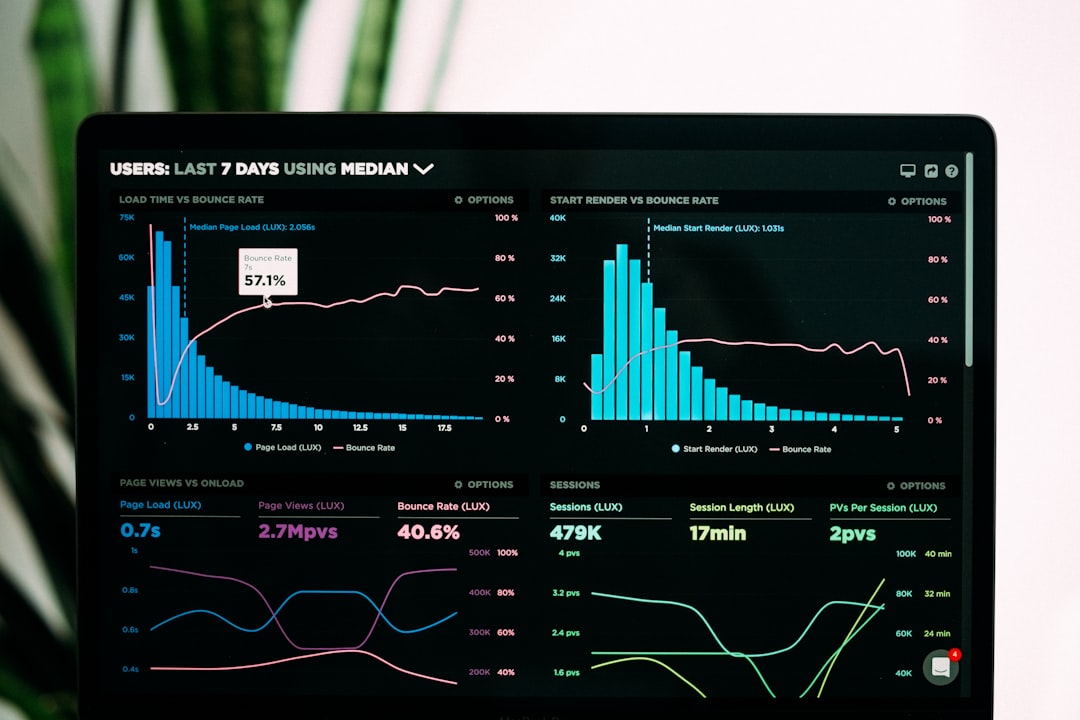
How to Effectively Use Government Economic Data for Business Insights.
# Introduction. Government economic data is an invaluable resource that businesses can utilize to understand market trends, identify risks, and make informed decisions. In a rapidly changing economic landscape, the ability to access and interpret economic indicators—such as GDP growth, unemployment rates, and inflation statistics—can set a business apart in a competitive marketplace. # Understanding the Basics of Economic Data. Economic data published by government agencies, such as the Bureau of Economic Analysis (BEA) or the Federal Reserve, provides insights into the overall health of the economy. These datasets include statistics related to production, consumption, and trade, and are often used alongside other financial data to create a comprehensive picture of economic conditions. For a business owner, grasping the fundamentals of these datasets is crucial to derive actionable insights. Economic data usually comes in the form of reports or indices, detailing growth rates, employment figures, and sector performance. Knowing how to read and analyze these reports can help a business predict future economic conditions. It is advisable to familiarize yourself with the terminology, such as real GDP versus nominal GDP, to ensure that you accurately interpret the data. # Key Government Economic Indicators to Monitor. Several key indicators are essential for business owners who wish to leverage government economic data effectively. Understanding these indicators enables you to assess trends and forecast the economic climate effectively: 1. **Gross Domestic Product (GDP):** A crucial measure of economic activity, GDP reflects the total value of goods and services produced over a specific time period. Tracking GDP trends can help you make informed decisions about expansion or contraction. 2. **Unemployment Rates:** High unemployment can signal economic distress, while low rates often indicate a thriving economy. Knowing unemployment trends can help businesses anticipate labor market conditions. 3. **Consumer Price Index (CPI):** This index measures the average change over time in the prices paid by consumers for a basket of goods and services. Analyzing the CPI can give insights into inflation trends. 4. **Retail Sales Figures:** These figures indicate consumer spending habits and can help businesses gauge demand for products and services. 5. **Balance of Trade:** Understanding exports and imports will help a business gauge the global market's impact on local economies. # Researching Economic Data Sources and Reports. When seeking government economic data, it is wise to primarily rely on official sources. Websites of governmental organizations, such as www.census.gov and www.bea.gov, provide up-to-date reports and statistics. Many agencies also offer online tools for data visualization and analysis, making it easier for businesses to interpret the numbers. Additionally, the World Bank and the International Monetary Fund (IMF) provide valuable data on global economic conditions. For deeper insights, organizations like the Conference Board produce reports that analyze trends in consumer confidence and economic indicators, which can help to forecast market behaviors. # Analyzing Economic Data: Transforming Data into Insights. Obtaining economic data is only the first step; analyzing this data effectively is what leads to actionable insights. Use analytical tools, such as Excel or dedicated software solutions, to visualize data trends and draw comparisons over time. Employ techniques like regression analysis to establish correlations between economic indicators and your business operations. Also, consider creating dashboards that display critical economic indicators relevant to your industry. This visual representation will help facilitate swift decision-making and allow stakeholders to understand the implications of economic data instantly. # Making Informed Business Decisions Based on Data. Armed with knowledge of government economic data and analytical tools, businesses can make informed decisions on various fronts. Whether it’s deciding to hire new employees based on prediction models or altering inventory strategies due to projected consumer demand, the ability to pivot your business strategy based on reliable data can provide a competitive advantage. Conducting regular reviews of government data and aligning your business forecasts with macroeconomic trends is crucial. Maintaining an adaptable approach helps ensure that businesses remain responsive to changes within the economy. # Conclusion. Incorporating government economic data into your business strategy is no longer optional in today’s competitive landscape. By understanding, analyzing, and applying insights from this data, companies can improve their decision-making processes, reduce risks, and seize new opportunities. Viewing this type of data as an asset rather than a chore can lead to sustained growth and success. Utilize available resources, stay informed about economic changes, and develop your analytical capabilities to transform governmental economic data into a strategic advantage for your business. .









